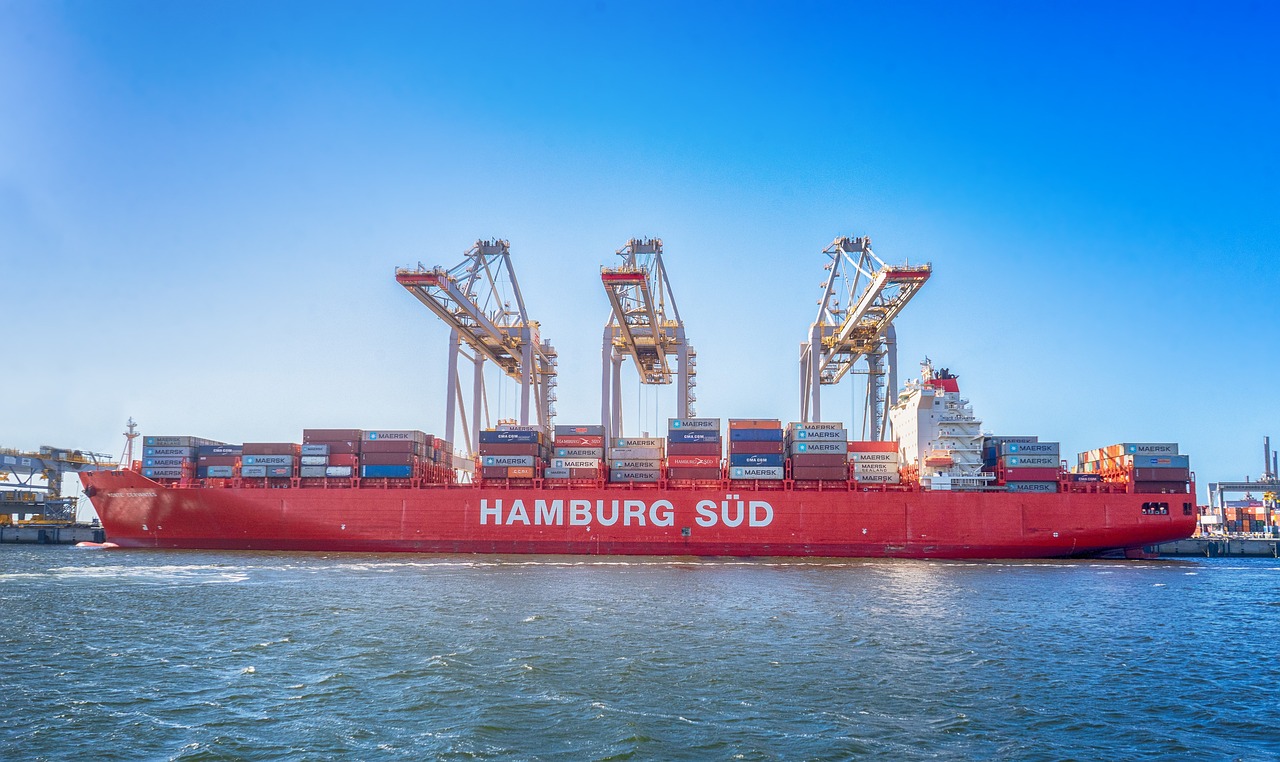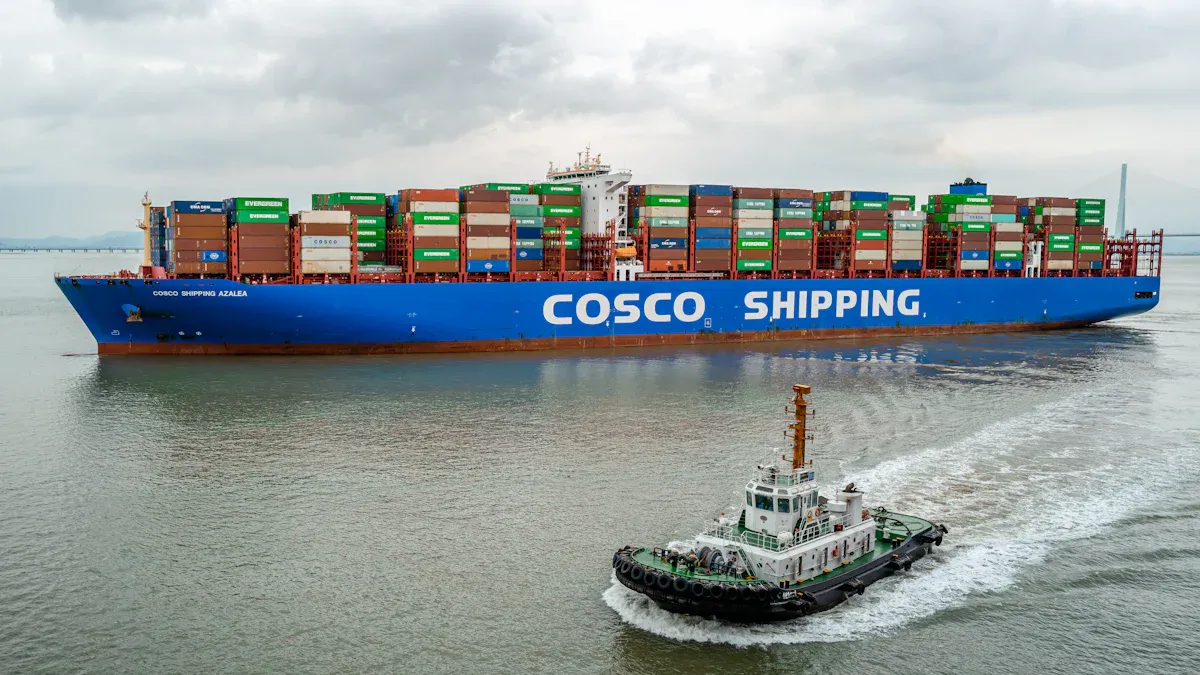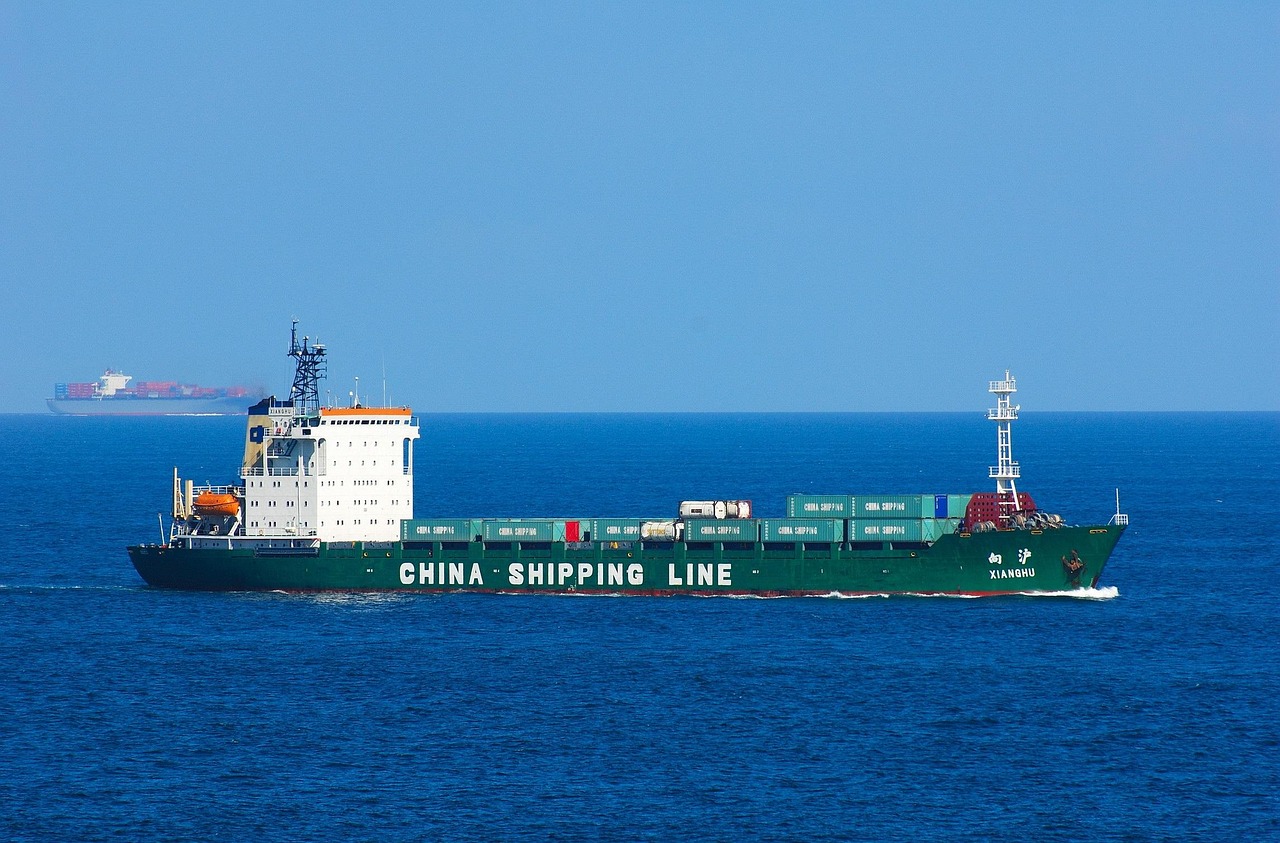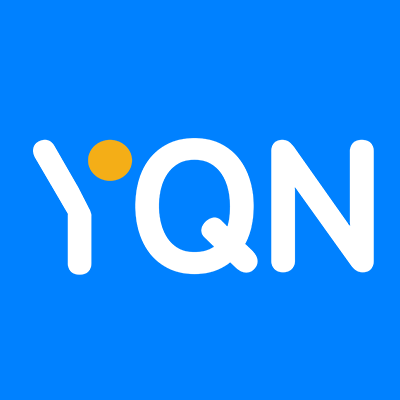FOB price from China: How to Negotiate Like a Pro

How can you secure the best free on board price from China and unlock real value in your supply chain? FOB price, the baseline for global shipping costs, impacts your total landed cost.
Smart supplier negotiation can reduce costs by 10–15%, as industry studies show. Use a rates search engine to compare offers and maximize your savings. For tailored FOB freight support, contact YQN logistics at info@yqn.com.
Free On Board Basics

Understanding FOB Terms
You need to understand FOB price before you negotiate with suppliers or manufacturers in China. FOB, or Free On Board, defines when the responsibility and cost of goods shift from the seller to you. The terms can vary:
FOB Destination – Freight Prepaid: The seller pays for goods and freight until they reach your location.
FOB Destination – Freight Collect: The seller is responsible for goods in transit, but you pay freight charges upon delivery.
FOB Destination – Freight Collect/Allowed: The seller covers goods in transit; you pay shipping costs and deduct them from the invoice.
A recent industry survey shows that 60% of shipping companies consider FOB terms essential for international logistics. However, 45% of businesses face disputes over ownership transfer. You can avoid these costly mistakes by clarifying who pays for each part of the shipping process. The table below highlights why this matters:
Metric / Aspect | Value / Description |
|---|---|
Percentage saving costs by improving transportation | 85% save costs through better transportation management |
FOB Origin cost responsibility | Buyer assumes costs after loading |
FOB Destination cost responsibility | Seller manages costs until goods reach destination |
FOB Price Meaning
The free on board from China typically includes several key components: the product’s manufacturing cost, inland transportation fees from the factory to the port of loading, export packaging charges, customs declaration costs, and terminal handling charges before the goods are loaded onto the vessel. These elements ensure the goods are ready for international shipment at the port.
According to Forbes Advisor, understanding terms like FOB is essential for reducing unexpected costs in international trade.
Tip: If you want to learn more about FOB cost from China, email info@yqn.com for a free consultation or use the online quote tool: https://www.yqn.com/searchfreight to find the best pricing.
Example of FOB Price in Shipping
FOB Freight Calculation
This example calculates FOB Shanghai freight costs for a 5 CBM LCL shipment from Yiwu, Zhejiang to Hamburg, Germany, with a buyer-appointed forwarder. Key charges include: ¥700 for Yiwu-Shanghai trucking, ¥300 for LCL stuffing (¥60/CBM), ¥130 for customs clearance, ¥200 handling fee, ¥200 documentation, ¥200 telex release, ¥175 ENS filing, and ¥300 warehouse entry. The pre-VAT subtotal is ¥2,205. With 6% VAT (¥132.30), the total FOB cost is ¥2,337.30 – covering all seller expenses until cargo loading. Note: FCL shipments would exclude CFS but add THC and full-container trucking, while seller-appointed forwarders might waive certain fees. ORC charges don't apply to Shanghai-Europe routes.
Notes:
This includes all export-side costs that the seller must cover under FOB terms until the cargo is loaded onboard.
If this were an FCL shipment, CFS would be excluded, but THC (Terminal Handling Charge) and full-container trucking would apply.
If the freight forwarder is appointed by the seller, some charges like handling and warehouse fees might be waived or absorbed.
ORC (Origin Receiving Charge) is not common for exports from Shanghai to Europe, more typical in South China.
For expert support, contact YQN logistics at info@yqn.com or use https://www.yqn.com/searchfreight to find the best rates.
How to Save FOB Cost

Supplier Negotiation Tactics
Reducing FOB cost starts with smart negotiating with suppliers. Begin by collecting quotes from multiple manufacturers. This benchmarking gives you leverage and reveals the true market rate. Use supplier performance metrics—such as defect rates, lead times, and responsiveness—to shift the focus from price to overall value.
Go beyond asking for discounts. Negotiate minimum order quantities (MOQs), payment terms, and delivery schedules. These are “tradeables” that, when optimized, reduce inventory risk and improve cash flow. For instance, negotiating smaller MOQs while maintaining unit pricing can significantly cut upfront costs.
Set clear objectives and measure outcomes with supplier KPIs. Examples include:
KPI Category | KPI Name | Description |
|---|---|---|
Cost Reduction | Cost Savings | Tracks reductions from price or volume negotiations. |
Supplier Performance | On-Time Delivery Rate | Measures % of orders delivered as scheduled. |
Compliance & Risk | Contract Compliance Rate | Ensures supplier adheres to agreed terms. |
Process Efficiency | PO Cycle Time | Time from order to delivery confirmation. |
Following the example of companies like Apple, sharing accurate demand forecasts with your suppliers helps secure better terms and volume-based discounts. This builds trust and long-term cost savings.
Leveraging Competition
Leveraging competition is one of the most effective strategies for negotiating with suppliers. When you compare FOB price offers from several suppliers, you increase your bargaining power. Research shows that buyers who use competitive pricing data can reduce costs by 20-30%. For instance, a McKinsey-cited case found that digital negotiation tools helped a company cut spend by 10% and increase savings by 281%.
You should always benchmark supplier pricing against the market. This practice helps you identify overpricing and negotiate better deals. Strong supplier negotiation tactics include preparing alternatives and using your best alternative to a negotiated agreement (BATNA). Major retailers like Walmart and technology firms like Apple use these strategies to achieve lower prices and higher profit margins.
Volume leverage also plays a key role in procurement negotiation. When you commit to larger orders, you can negotiate with suppliers for discounts and better terms. The table below shows key metrics that support volume leverage in supplier negotiations:
KPI Category | KPI Name | Description |
|---|---|---|
Cost Reduction | Cost Savings Percentage | Tracks savings from price negotiations and volume discounts. |
Supplier Performance | Supplier On-Time Delivery | Measures percentage of orders delivered on schedule. |
Compliance and Risk | Contract Compliance Rate | Evaluates adherence to contract terms. |
Process Efficiency | Purchase Order Cycle Time | Measures time from requisition to fulfillment. |
Negotiating with overseas suppliers requires you to understand cultural differences and communication styles. Respect and patience help you build trust and achieve better results. Advanced negotiation strategies, such as using market data and analytics, can further improve your outcomes.
Note: Vendor contract negotiation is critical for securing better pricing, service levels, and additional benefits like bulk discounts or extended payment terms. Set clear objectives and track KPIs to measure your negotiation success.
If you want to optimize your FOB shipping from China, YQN logistics can help. For a free consultation, email info@yqn.com or use the online rates searching tool: https://www.yqn.com/searchfreight to find the best pricing.
FAQ
What is the most common mistake when negotiating FOB price from China?
You often overlook hidden costs. For example, a 2023 Alibaba survey found 42% of buyers missed local port fees, raising total expenses unexpectedly.
How can you verify a supplier's FOB quote is fair?
You should compare at least three quotes. In 2022, McKinsey reported that buyers using benchmarking tools saved up to 18% on average.
Can you renegotiate FOB terms after the first order?
Yes, you can. Many importers renegotiate after building trust. A case from Global Sources shows repeat buyers secured 12% better terms in their second contract.
See Also
Effective Supply Chain Approaches To Counter China’s Tariff Response
Essential Guidance For Mastering Incoterms Rules In 2025
Major Carriers Raise China To US Shipping Costs Above $7,000
Impact Of U.S. Port Charges On Chinese Ships And Shipping
Key Facts About FCA Shipping Terms For 2025 Shippers And Buyers

Shipping with YQN - Global Logistics at Your Fingertips
YQN has established subsidiaries worldwide, covering North America, Latin America, Southeast Asia, and the Middle East. We have partnered with 300+ top shipping and airline companies and have access to 3500+ high-quality supplier resources. YQN also has a professional customer service and fulfillment team of over 500 people to provide more worry-free and efficient international logistics services.
Contact Us
You can also email us at info@yqn.com.

